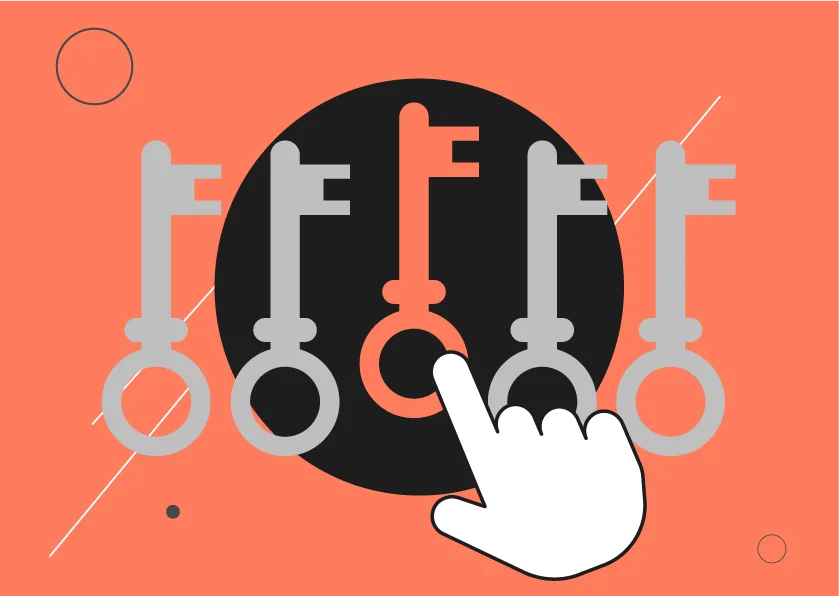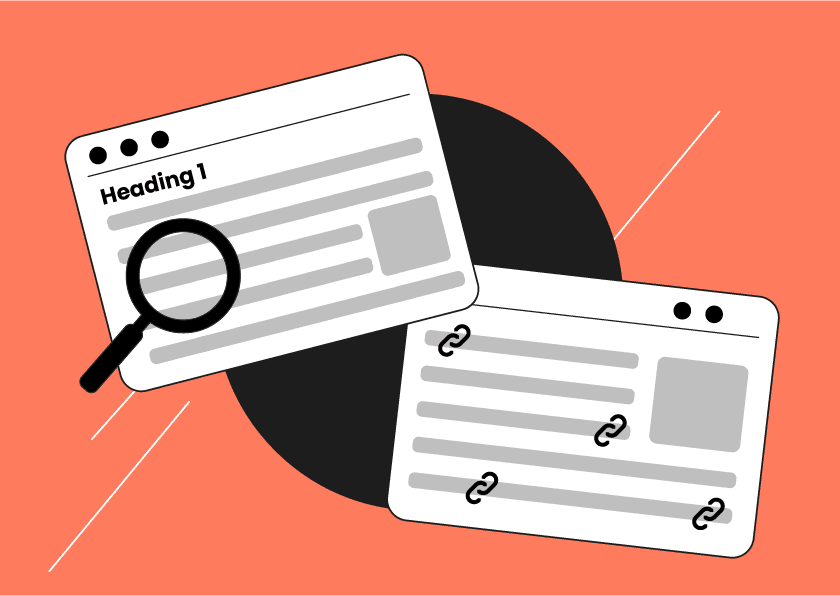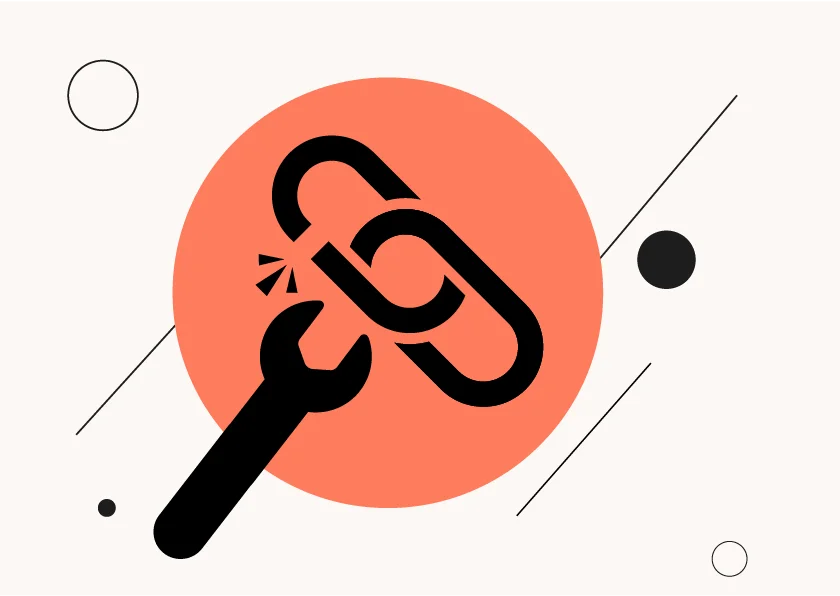Software-as-a-service (SaaS) has exploded in popularity over the last decade. SaaS provides users access to software applications over the internet, usually via a subscription model.
The SaaS market is growing rapidly, expected to reach $374.50 billion by 2026. With this growth comes an increasing need to accurately value SaaS companies for purposes like fundraising, potential sales, and strategic decision making.
Properly understanding and optimizing your SaaS valuation is crucial for positioning your company for success.
This article will provide a comprehensive guide on demystifying SaaS valuation methodology, techniques, and best practices in 2024.
What is SaaS Valuation?

SaaS valuation refers to the process of determining the current and projected worth of a SaaS business.
Unlike traditional models focused heavily on hard assets, SaaS valuations emphasize metrics like recurring revenue, growth rate, churn, customer lifetime value, and addressable market size. Many SaaS companies partner with a specialized financial software development company to create robust tracking systems that accurately measure these crucial valuation metrics.
The key role of SaaS valuation is enabling founders, investors, and potential buyers to understand a software company’s expected financial performance and make informed decisions accordingly.
Then you can improve your SaaS valuation through SaaS marketing or taking other steps to increase revenue.
Types of SaaS Valuations
There are three primary methods used for SaaS valuation:
1. Revenue-based Valuation
The most common approach is to value a SaaS company based on its Annual Recurring Revenue (ARR) multiplied by an ARR multiple. HRMS software companies (SaaS) are often valued using their Annual Recurring Revenue (ARR) multiplied by an ARR multiple, reflecting their growth and market potential. ARR refers to the annualized run-rate of predictable, recurring subscriptions or usage-based revenue.
For example, a SaaS company with $5 million in ARR and a 5x multiple would be valued at $25 million. Typical ARR multiples range from 3-10x depending on growth, margins, market landscape, etc. This method is suitable for most SaaS firms post-Product Market Fit with proven subscriptions revenue.
Pros:
- Accounts for recurring, predictable revenue – core of most SaaS firms
- Allows comparability to other SaaS players via ARR benchmarks
- Applicable to vast majority of SaaS companies
Cons:
- Less accurate for early stage pre-revenue startups
- Does not consider profitability or margins
2. EBITDA-based Valuation
This values a SaaS business based on its EBITDA (Earnings Before Interest, Taxes, Depreciation and Amortization) multiplied by an EBITDA multiple, typically ranging from 10-30x. EBITDA demonstrates operational profitability excluding non-cash and one-time expenses.
EBITDA-based valuation is best suited for mature, profitable SaaS firms with substantial revenues. For example, a company with $2 million in EBITDA and a 15x multiple would be valued at $30 million.
Pros:
- Considers actual profitability
- Less susceptible to accounting manipulation
- Better for mature, established SaaS firms
Cons:
- Not applicable for pre-profit startups
- Ignores some cost aspects like R&D
3. Seller’s Discretionary Earnings (SDE)
This values the business based on the owner’s salary + benefits + discretionary earnings, multiplied by a SDE multiple typically between 1.5-5x. SDE represents the cash flows available to an owner-operator to repay a buyer’s initial investment.
This method is most relevant for small, bootstrapped and profitable SaaS firms with an actively-involved founder. For example, a firm with $200,000 SDE and a 2x multiple would be valued at $400,000.
Pros:
- Simple valuation for small, founder-run SaaS firms
- Accounts for owner’s equity and involvement
Cons:
- Too simplistic for most VC-backed or PE-owned SaaS firms
- Hard to compare or benchmark
The best approach depends on the specific company’s stage, profitability, capital structure, goals and available data. Mature SaaS firms will often combine revenue and earnings-based models for a more accurate valuation. Each method offers certain pros and cons to consider when determining the ideal fit.
Key Factors Affecting SaaS Valuation

While valuation multiples determine high-level value, the most crucial component is ARR, which informs multiples. Beyond ARR, additional metrics let you command premium multiples when fundraising or seeking exits:
Growth Rate
Investors place a significant premium on hypergrowth SaaS. Historical + forward revenue growth above 100%+ indicates strong product appeal and sizable market share upside ahead. Build detailed financial forecasts supporting triple-digit growth projections to show in your investor deck. Investor Visibility
To attract serious interest, it’s important to align your company’s narrative with what investors are actively tracking. Stock lists focused on the SaaS sector often guide institutional and retail investor attention toward high-performing or emerging companies. Being aware of where your business stands relative to those benchmarks helps you refine your positioning, highlight standout metrics, and stay in tune with broader market expectations.
Customer Metrics
Factors like total customers, churn/retention rates, lifetime value per account and net expansion revenue highlight whether product-market fit and organic growth flywheels are established. Best-in-class SaaS sustain negative churn via 120%+ NRR and low churn – demonstrating long-term revenue visibility even after a potential acquisition exit.
Profitability
Strong gross margins and operational profitability signal an ability to efficiently monetize products at scale. Strong gross margins and operational profitability signal an ability to efficiently monetize products at scale, and incorporating AI forecasting further enhances this capability by enabling businesses to predict market trends. High Contribution Margins demonstrate a viable path to profitability as software companies prioritize growth. Rising margins allow for better cash flow visibility and sustainability if macro conditions worsen.
Market Conditions
Factors like GDP growth, financing environment, public market appetite, consolidation trends and regulatory shifts inform SaaS valuation attractiveness from a market perspective. For example, strong activity from strategics and sponsors boosts embraces given abundant capital, while contractions can deflate public software multiples.
Churn Rate
Churn rate is one of the most important metrics for determining SaaS valuation. Churn measures customer attrition – the rate at which customers stop subscribing to a SaaS product over a given period. Typically measured on an annual basis, churn effectively represents lost revenue.
For example, a 10% annual churn rate means that 10% of a SaaS company’s customers fail to renew their subscriptions every year. This can quickly eat into revenue growth. High churn also signals poor product-market fit, competition risks, or issues with customer success.
As a benchmark, best-in-class SaaS companies maintain less than 5% annual churn.
The lower the churn, the better the business is at retaining and expanding high-value customer relationships over time – increasing lifetime value. Companies with world-class net retention rates (120%+) often have leading churn rates below 2-3% annually.
The Formula of SaaS Valuation
A simple SaaS valuation formula is:
Valuation = ARR x Growth Rate x NRR (Net Revenue Retention) x Multiple
This illustrates how ARR, expected growth, customer retention, and multiples drive overall company value. Adjustments occur based on profitability, margins, addressable market, and other factors. Accurately projecting and maximizing each input is crucial.
Finding the Right Multiple
Industry-specific benchmarks provide initial guidance on appropriate multiples according to growth stage. However, carefully compare strengths and weaknesses vs companies with similar multiples to home in on the optimal figure. Undifferentiated products warrant lower multiples compared to proprietary, high-demand vertical solutions. Seek professional guidance to determine an accurate multiple.
Boosting Your SaaS Valuation
Given that SaaS valuations directly correlate with key metrics like ARR, growth, and profitability, software founders should rigorously focus on initiatives that strengthen these drivers.
Invest in Marketing and Branding for Long-term Value
Beyond revenue metrics and profitability, business valuation also depends on perceived sustainability and competitive advantages. This is where robust branding and marketing comes in.
Invest in SaaS SEO and SaaS link building to drive more customers online. Hiring a SaaS SEO agency would be a great option for you to minimize your efforts.
Prioritize long-term brand building through byline articles in leading publications, speaking at tier-1 industry conferences, launching original market research reports and getting featured as a market leader. Develop repeatable PR playbooks. It is also important to note, that in the modern digital age, organizations that rely on donations, and charitable giving, increasingly see that 72% of the donor count comes from online contributions. This highlights the importance of an effective online presence, and marketing strategy.
The goal is driving preference, familiarity and customer trust – increasing willingness-to-pay and lowering sensitivity to pricing premiums. This directly correlates with future revenue growth and churn minimization. Furthermore, increased brand equity makes your SaaS more attractive for a potential strategic acquirer who can fully leverage it at scale.
Optimize Pricing & Packaging:
Conduct price optimization studies to maximize willingness-to-pay across customer segments while maintaining attractive perceived value. Tier packaging to upsell “good-better-best” plans and premium features. Institute transparent discounts for longer contract lengths and volume purchases to grow ACV. Offer free trials, freemium entry-levels and incentives like referral credits to minimize barriers to adoption. Make sure to include all these in your contracts and use legal contract software to streamline the creation, management, and storage of these agreements balance value capture vs scale.
Reduce Churn & Boost Retention:
Obsessively track churn cohorts and drivers like NPS scores to address issues in real-time. Survey at-risk customers and win back defectors with tailored incentives. Invest in onboarding and training to lock-in early value. Institute customer health scoring systems with churn alerts. Grow revenue from your best segment – existing happy customers – via usage-based models, cross-sells, automatic renewals, and seamless SaaS Subscription Billing processes that ensure consistent customer experience.
Focus on Enterprise Accounts:
Allocate dedicated sales, solutions engineering and success resources to large accounts. Structure enterprise pricing bundles and custom deals. Become deeply integrated into enterprise IT ecosystems and workflows to increase stickiness. Offer executives C-Level demos and white-glove onboarding. Enterprise expansion revenue, larger deal sizes, and institutionalized relationships anchor predictability and therefore higher valuation multiples.
Improve Margins:
Target contribution margins over 40-60%+ by optimizing hosting costs, payment processing fees, better monetization and scale. Streamline everything from documentation to billing reconciliation through automation. Define efficiency KPIs across organizational silos, from sales qualified lead ratios to renewals paperwork processing. With improved profitability, SaaS firms warrant premiums given economic resilience and potential upside as they prioritize growth.
Additional Considerations & Resources
Secondary Valuation Attributes
Assessing factors like market size, competition, regulatory barriers and value proposition relative to substitutes also informs valuations by indicating addressable market potential and risks.
Salability and Documentation
Extensive operational documentation, personal records, product specifications, and user analytics make your SaaS attractive for prospective buyers during due diligence.
Professional Valuation Services
For complex valuations, enlist help from reputed investment banks, Big 4 accounting firms or specialized consultants to derive an accurate estimate.
The Most Common Mistakes in SaaS Business Valuation
Determining an accurate valuation for a high-growth SaaS business is challenging even for seasoned founders and investors, hence the need for 409a valuation providers. The dynamic nature of the software industry, variability in business models, and range of methodologies open the door for missteps that can dramatically impact fundraising outcomes and exit values. Avoiding key mistakes early on and taking a rigorous, segmented view grounded in fundamentals is crucial. Common pitfalls include:
1. Using the Wrong Valuation Methodology
Founders often incorrectly apply valuation frameworks better suited to mature companies rather than high-growth startups. For example, using EBITDA or PE ratios for early stage, venture backed SaaS firms with negative earnings. Stick to ARR or revenue multiples until post-Series B stage when some profitability kicks in.
2. Not Segmenting SaaS Verticals and Business Models
SaaS encompasses horizontals like CRM as well as niche verticals across diverse monetization models. Not applying relevant apples-to-apples public comparables multiples leads to inflated or suppressed valuations. Ensure you have highly segmented benchmarks.
3. Focusing Too Much on Vanity Metrics
Founders hype vanity metrics like website visitors, free users or social media followers rather than cold, hard dollars – ARR and net dollar retention. The problem? These vanity metrics don’t translate to valuations. Obsess over core revenue and retention.
4. Not Factoring in Dilution and Preferred Terms
Learn the basics of capitalization tables, share classes and liquidation preferences when fundraising. Failing to account for dilution of founders or complexity of preferred terms during later stage exists can lead to shock at actual payouts. Model cap tables early.
5. Relying on Rules of Thumb
Back-of-the-envelope rules of thumb like 5X ARR should only provide rough sanity checks. Any quality investor or buyer will dig deeper into customer concentrations, technology moats, and growth rates when determining offers. Build detailed models.
Conclusion
As the SaaS industry matures, well-evidenced valuation models become crucial for founders seeking capital and exits. This guide summarizes key SaaS valuation methodology, drivers, techniques and best practices for 2024. Focus on boosting recurring revenue, customer loyalty and operational efficiency to maximize valuation. With a data-driven process, realistic projections and expert guidance, securing an optimal valuation for the next stage of your SaaS growth is within reach!





